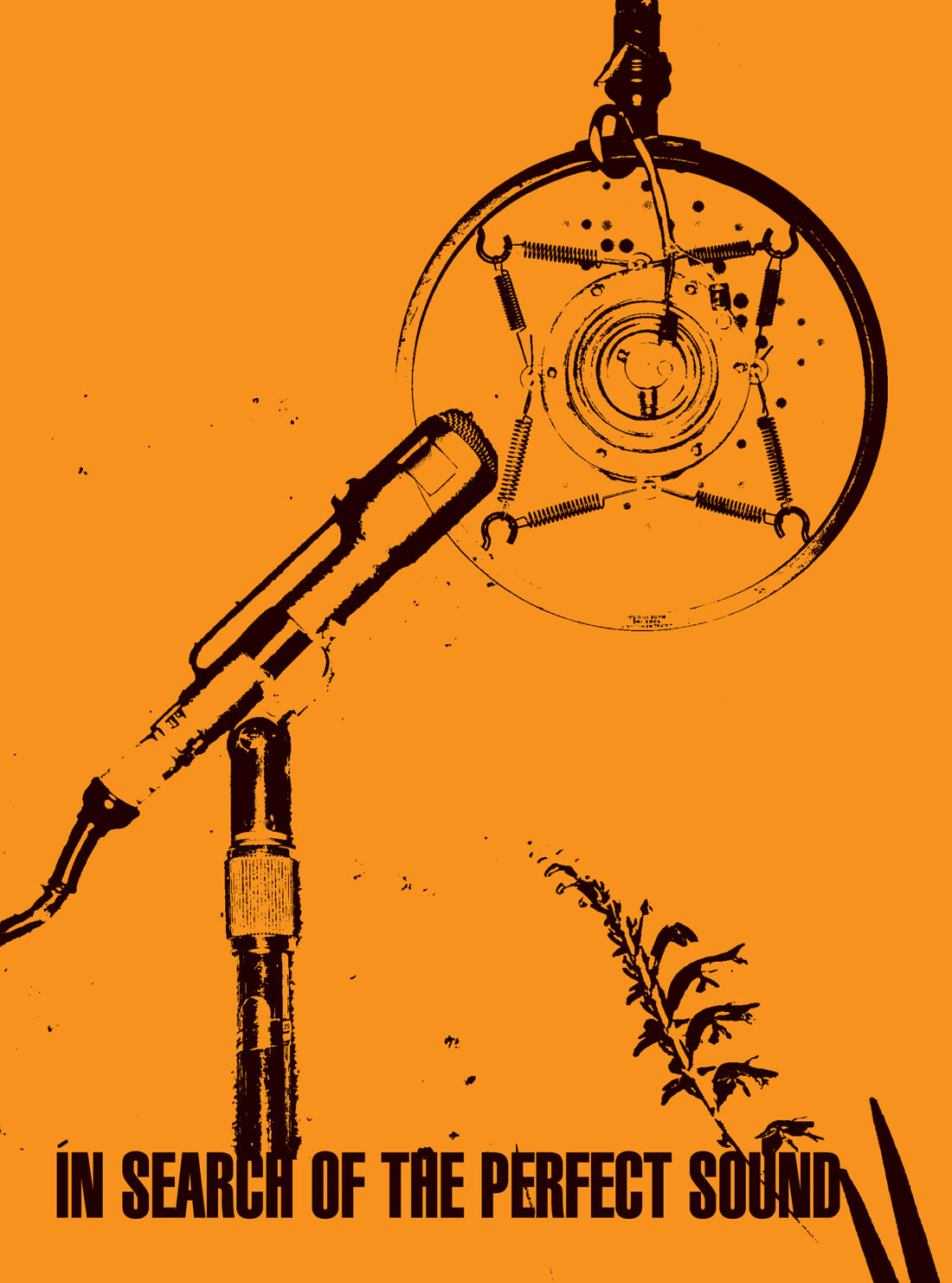A special installment featuring two guest editorials from JB! -AH
I'm not much of a fan of software synths that work as DAW plug-ins. I've tried virtual instruments from Arturia, UVI, GForce, and others. They sound amazing, but in the end, I've ended up spending real money on real instruments. For instance, my GForce M-Tron [Tape Op #70] was replaced with a Mellotron M4000D. Sonically, there's really no big difference — they're both digital — but the M4000D gets much more use because people enjoy playing it, even if it is just a keyboard and circuit board in a big, white, wood box. Since I'm in the business of engaging musicians and making them feel creative, the M4000D wins hands-down over any Mellotron plug-in. Similarly, iPad apps feel much different to me than DAW plug-ins, for many reasons. First, I can plug in a 1/8'' cable and pass the iPad around the studio for the musicians to play — a much different vibe from everyone crowding around the computer to tweak a soft synth's filter. Second, it rarely crashes. Third, the touchscreen is much more expressive than a keyboard, mouse, and MIDI controller. Apps like Moog's Animoog not only sound great but are extremely expressive because they offer multi-gestural control. And, they're intuitive enough that novice users can quickly make compelling sounds. Fourth, can you imagine having classic instruments like the Minimoog, Oberheim SEM, Fairlight CMI, Korg Polysix, Roland Juno-106, EMS VCS 3, PPG Wave, Yamaha DX7, and Akai MPC; great polysynths like Magellan and Sunrizer; countless sample libraries inside IK Multimedia SampleTank; drum machines like DM1, Funkbox, and Boom 808, with just about every classic drum-machine sample made; and a modular programming environment like Audulus — all for less than $1000, including the iPad? The fact that you can hold all this in your hand is pretty amazing to me, but the bottom line is — unlike soft synths running on a computer, the iPad feels like a musical instrument. As the publisher of a free magazine, I make sure we have enough advertising revenue to write the sizable checks for printing and postage. But I also deal with quite a bit of editorial in the reviews. Most companies who advertise in Tape Op are so small (like us), that the same person who is handling ads is also in charge of pitching products for review, and in many cases, that same person will pick up a soldering iron to build their products after we're done talking on the phone. These people are passionate and hardworking. At trade shows, I dread the meetings with large companies asking us to review some inexpensive new DAW interface that is mostly identical to last year's, except that now it has USB 3.0. Luckily, most of those big companies don't advertise with us, so I don't feel obligated to review their ROHS- compliant future landfill. But in the case of the smaller companies, I definitely do feel an obligation to review and support their products, especially if they are supporting us and allowing us to get the magazine to you, the reader. That said — we review a lot of products from companies that do not advertise. If one of our contributing writers wants to review a product, it will get printed. We may be a bit biased towards supporting our advertisers (and we hope you are too), but never at the expense of honestly reviewing the best gear that crosses our desk, at all price points — and that our reviewers are genuinely interested in using. For more on this subject, please see the FAQ and Blog at tapeop.com. -JB

